#VIGÉE LE BRUN
Explore tagged Tumblr posts
Text
UP3: LA ERA DE LAS REVOLUCIONES (1775-1848). María Antonieta, las siete vidas de una reina (2)
La figura de María Antonieta fue conflictiva desde el momento en que traspasó la frontera francesa, formándose rápidamente un partido antiaustríaco, fundamentalmente cortesano y del que participaban algunos miembros de la familia real, como las hijas de Luis XV y algunos de los ministros y aristócratas más relevantes de Versalles.
María Antonieta era muy consciente de la hostilidad que generaba en parte de la corte y de la opinión pública francesa, que veía en ella la encarnación de un enemigo que llevaba combatiendo desde los días de Carlos V y Francisco I, por lo menos.
Para contrarrestar las campañas del disciplinado y productivo batallón de panfletistas antiaustríacos, la reina se embarcó en lo que hoy llamaríamos una activa campaña de relaciones públicas basada en la promoción de su imagen.
Y una pieza clave en dicha operación resultó ser una joven artista que pasó rápidamente a engrosar su círculo de confianza, la pintora Élisabeth Vigée le Brun (1755-1842).
youtube
Perteneciente a la clase media, Élisabeth era hija de un pintor profesional, especializado en retratos. Su vínculo con María Antonieta se forja a partir de 1779, cuando pinta el primero de los treinta retratos que dedicó a la soberana. Actualmente, su obra y su figura se interpretan en el contexto de la vida intelectual en vísperas de la revolución. Desde finales del XVII, las propuestas más audaces en materia de pensamiento, arte y literatura se compartían en los llamados “salones”. Combinando lo intelectual y lo mundano, los salones eran una especie de tertulias donde debatían e intercambiaban pullas ingeniosas filósofos, economistas, escritores, artistas y políticos. Las anfitrionas solían ser damas de la aristocracia o de la alta burguesía ennoblecida que, en muchos casos, eran también intelectuales por derecho propio. Como es fácil de deducir, se trataba de un ambiente relativamente abierto a la presencia y participación de las mujeres.
Esto contrastaba abiertamente con la desconfianza hacia sus capacidades que caracterizó a buena parte de la que va ser la élite revolucionaria. De hecho, muchos autores reflejan estas la diferencia entre los salones y los clubes revolucionarios comparando las figuras de Vigée le Brun y el gran maestro e icono del neoclasicismo, David.
Y es que no se puede negar que la representación de las mujeres en la obra de este revolucionario del arte y la política era extremadamente convencional, basada en los estereotipos frecuentemente misóginos heredados del puritanismo republicano que tanto abundaba en los clásicos latinos con los que se educaron él y otros de su generación. Debemos tener esto muy en cuenta para apreciar mejor la aportación de Vigée le Brun a la construcción de una imagen alternativa de la reina.
Así, mientras los panfletistas del partido antiaustríaco describían a María Antonieta como una ninfa caprichosa, gastiza (“Madame Déficit”) e infiel (los agitadores revolucionarios irían más lejos, haciendo de ella una Jezabel o una Mesalina, ama y señora de un dócil y apático Luis XVI), Vigée le Brun la presentaba como madre abnegada, sofisticada y a la moda, pero alejada de aquellas excentricidades rococó de su juventud que hicieron y hacen las delicias de los caricaturistas de su siglo y el nuestro.

En los siglos XX y XXI, el cine y la televisión han heredado este conflicto entre visiones opuestas de la figura de María Antonieta.
0 notes
Text

Élisabeth Louise Vigée Le Brun (detail)
276 notes
·
View notes
Text

Élisabeth Vigée Le Brun (French, 1755-1842)
Martine-Gabrielle-Yoland de Polastron duchesse de Polignac
371 notes
·
View notes
Text
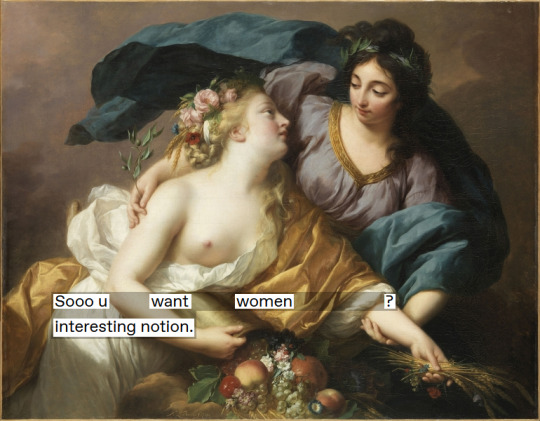
[Image description: The painting, 'La Paix ramenant l’Abondance,' by painter Elizabeth-Louise Vigée Le Brun, which depicts two women wearing extravagant fabrics gazing at one another. One woman shows an exposed breast, the other woman holds her. They pose together over an array of fruit. Superimposed over the painting is a tumblr text-post, edited blackout-poetry style to read, "Sooo u want women? interesting notion."]
---
Sooo u want women? interesting notion 😏
#fixingbadposts#fixing-bad-posts#format: blackout#format: collage#La Paix ramenant l’Abondance#Elizabeth-Louise Vigée Le Brun#wlw mood#wlw culture#wlw positivity#flirting#sapphic#wlw#queer
714 notes
·
View notes
Text
The Scandalous Chemise of Marie Antoinette

Elisabeth Louise Vigée Le Brun (French, 1783-) • Marie Antoinette in a Chemise Dress • 1783
Just as John Singer Sargent did some 100 years later, Elizabeth Vigée Le Brun often befriended her portrait subjects, engaging their trust so as to create authentic portraits that captured not just the likeness but the spirit of the sitter. Such was the case with Vigée Le Brun's Marie Antoinette in a Chemise Dress.
Vigée Le Brun was the official court painter. She painted Marie Antoinette approximately 30 times. For the "chemise dress" painting, it's unclear whose idea it was that the queen depart from traditional, more formal dress and wear a casual, unstructured dress instead. Perhaps Vigée Le Brun persuaded her to wear the white chemise or they arrived at the decision together.
The dress itself is made from cotton muslin instead of the French silk that royalty usually had their garments made from. It is tied comfortably at the waist with a yellow sash. The only ornamentation are the puffed sleeves and the ruffled neckline. Marie wears very little makeup and no jewelry.
Despite its simple elegance, the painting was met with much scorn and disapproval when it was shown at Vigée Le Brun's first Académie Salon. Though the garment was designed to be a dress, its lack of structure resembled an undergarment and was thus considred scandalous. Further, it was considered unpatriotic that the queen of France wore imported cotton rather than French Lyonnaise silk. Vigée Le Brun was forced to remove the portrait from the Salon and it was replaced with this one:

Élisabeth Louise Vigée Le Brun (French, 1755–1842). Marie Antoinette with a Rose • 1783
By the end of the 18th century, the chemise dress was hugely popular and worn for portraits by many prominent women in and outside of France. Marie Antoinette's fashion faux pas led to a fashion craze which is said by some historians to have been a catalyst for the slave trade, as the demand for cotton grew exponentially.


Right: Jacques Louis David (French, 1748-1825) • Antoine Laurent Lavoisier and His Wife • 1788.
Left: George Romney (British/English, 1734-1802) • Mrs. Billington as Saint Cecilia • 1787-88
The chemise dress was to evolve to an empire waist and a narrower skirt, creating the style we now call The Regency fashion era.
#art#fashion history#painting#portrait#art history#chamese dress#late 18th century fashion#royal portraits#the resplendent outfit#marie antoinette#elizabeth vigée le brun#french court painter#george romney#fine art#jacques louis david#art & fashion blogs on tumblr
161 notes
·
View notes
Text

Self-Portrait, Élisabeth Louise Vigée Le Brun, 1800
#art#art history#Élisabeth Louise Vigée Le Brun#female artists#portrait#portrait painting#self-portrait#Rococo#French art#18th century art#oil on canvas#Hermitage#Hermitage Museum
205 notes
·
View notes
Text

Louise Elisabeth Vigée Le Brun (French, 1755-1842): Portrait of the Marquess Dubois de La Motte, née Marie-Félicité-Michelle Antoinette de Pons (via Sotheby’s)
#Louise Elisabeth Vigée Le Brun#Louise Elisabeth Vigee Le Brun#women artists#women painters#portrait#pastel drawing#nineteenth century#eighteenth century#french painters
65 notes
·
View notes
Text












ROCOCO ART 🎀 love, ur local art mom 🩵
disclaimers and more information under the cut ✂️
hi I’m annemarie and I’m an art historian! not adjuncting for the first time in five years was rly hard for me so I threw some slides together so I could still (sort of) teach the same material as my language of art class but a) I threw these slides together for instagram so space was/is limited and b) language of art is a ten week run through art history so I’m presenting only the most accessible information here – there’s so much more to this art period and to this artist! – please don’t expect it to be comprehensive and please do ask if you have any questions!
oh p.s. my first ever class of art history students came up with the name ‘art mom’ for me at the end of the quarter and yes it does make me cry if I think about it too long thanks so much for asking
#annemarie teaches art history#art history#rococo art#rococo#art#the declaration of love#jean françois de troy#fête galante#fête champetre#rococo architecture#würzburg residence#rococo painting#rococo style#the swing#jean honoré fragonard#rococo sculpture#porcelain#élisabeth louise vigée le brun#peace bringing back prosperity#self portrait with her daughter julie#marie antoinette#rococo aesthetics#art mom#annemarieyeretzian
35 notes
·
View notes
Text
Mademoiselle Wellbelove wishes to kindly remind you that Carry On Through the Ages posting is in a mere three weeks!
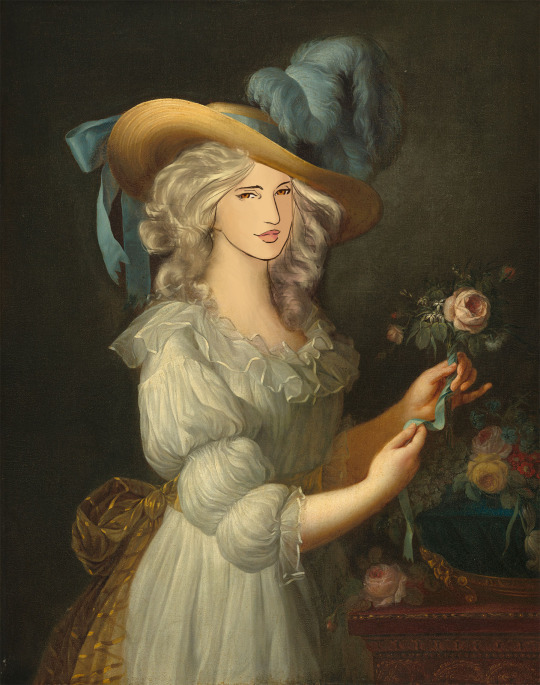
"Let them read fic!"
Carry on Through the Ages is a chance to send our beloved Carry On characters back in time through fanfic, fanart, memes, or any other creative medium you'd like to contribute. There's no sign-up required, just post between November 3rd - 9th and tag us!
For more information on what COTTA is, how it works, and where it came from, please check out our FAQ!
#I hope you appreciate what I go through for you Agatha#You are now a French Queen#don't lose your head#Okay but really this painting was done by an amazing woman named Élisabeth Vigée Le Brun#And then cursed by me of course#I just wanted to give Agatha something special okay#Ahem#carry on through the ages#historical au#historical fanfiction#snowbaz#the simon snow trilogy#agatha wellbelove#marie antoinette#cotta 2024#carry on through the ages 2024
57 notes
·
View notes
Text

Varvara Ivanovna Ladomirskaya
Artist: Elisabeth Louise Vigée Le Brun (French, Paris 1755–1842 Paris)
Date: 1800
Medium: Oil on canvas
Collection: Metropolitan Museum of Art, New York City, NY, United States
Description
Vigée Le Brun painted this portrait in Moscow for the sitter’s mother, a personal friend. Varvara Ivanovna (1785–1840) was an illegitimate child of Ivan Rimsky-Korsakov and Countess Stroganova, who had left her husband in St. Petersburg to be with her lover. In this compelling image, the sitter is represented in Greek costume: a chemise dress under an embroidered stole fastened at the shoulder.
#portrait#painting#oil on canvas#varvara ivanovna ladomirskaya#russian#greek costume#fine art#oil painting#chemise dress#embroidered stole#necklace#beatiful#woman#french painter#french art#elisabeth louise vigée le brun#european art#1800#metropolitan museum of art#artwork#19th century painting
29 notes
·
View notes
Text

Peace Bringing Back Abundance
Artist: Elisabeth Louise Vigée Le Brun (French, 1755–1842)
Date: 1780
Medium: Oil on canvas
Collection: Metropolitan Museum of Art, New York City, NY, United States
Description
Wishing to gain admission to the Académie royale de peinture et de sculpture in 1783 as a history painter, Vigée Le Brun presented this allegory as her reception piece. At the time, historical, mythological, religious, and allegorical subjects were considered superior to all others (portraiture, genre, landscape, and still life). With the American Revolution just ended, the artist’s choice was timely. The future is symbolized by Peace, on the right, who is ushering in Abundance with her cornucopia of fruit.
#painting#allegorical art#peace bring back abundance#oil on canvas#fine art#french culture#female figures#horizon#clouds#oil painting#symbolism#peace#abundance#cornucopia of fruit#european art#elisabeth louise vigée le brun#french painter#french art#artwork#metropolitan museum of art#18th century painting
30 notes
·
View notes
Text

Comtesse de Cérès (former title Lady Folding a Letter)
Elisabeth Louise Vigée Le Brun
#Elisabeth Louise Vigée Le Brun#french art#female painter#female artists#1700s#1800s#art#painting#art history#fashion#portrait#fashion history
139 notes
·
View notes
Text
women painted by women ❤️



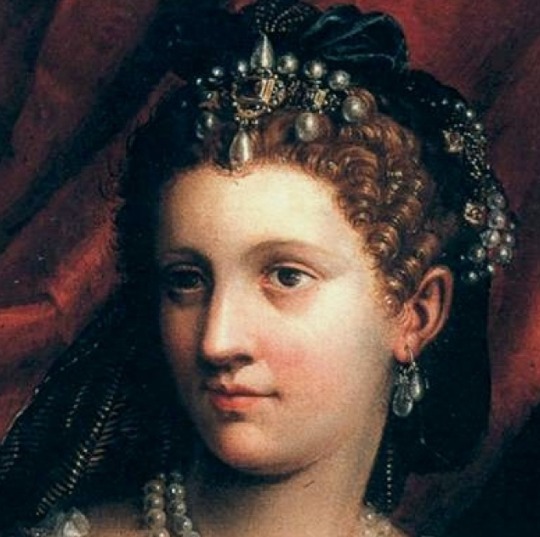

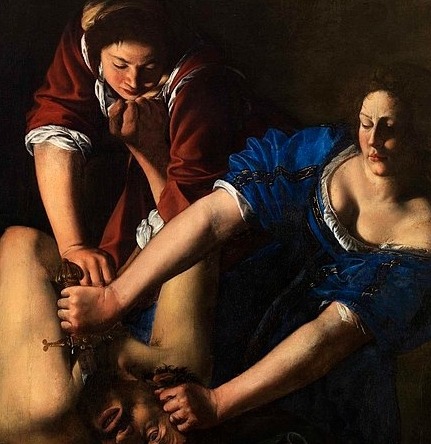
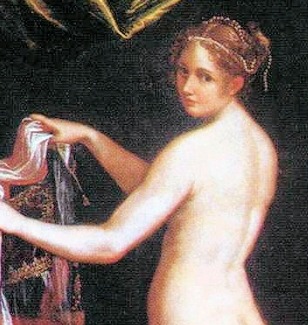
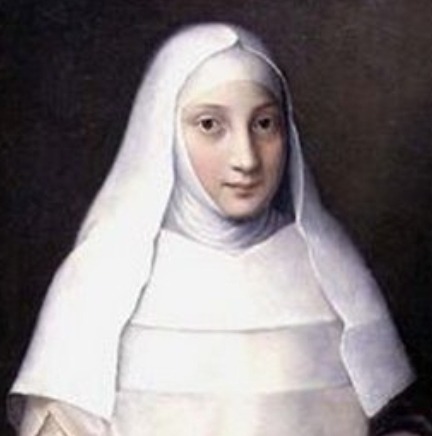
#ora parlo io 🥶#women artists#herstory#women's history#Adelaide Labille-Guiard#élisabeth louise vigée le brun#elisabeth vigee le brun#Mary beale#Fede Galizia#Marietta Robusti#barbara longhi#artemisia gentileschi#lavinia fontana#sofonisba anguissola
112 notes
·
View notes
Text

Élisabeth Vigée Le Brun (French, 1755-1842)
La Marquise de Pezay et la marquise de Rougé avec ses fils Alexis et Adrien
175 notes
·
View notes
Text

Self-portrait of Élisabeth Louise Vigée Le Brun at age sixteen.
#Élisabeth Louise Vigée Le Brun#elisabeth louise vigee le brun#louise elisabeth vigee le brun#18th century#18th century art#female artist#long live the queue
130 notes
·
View notes
Text
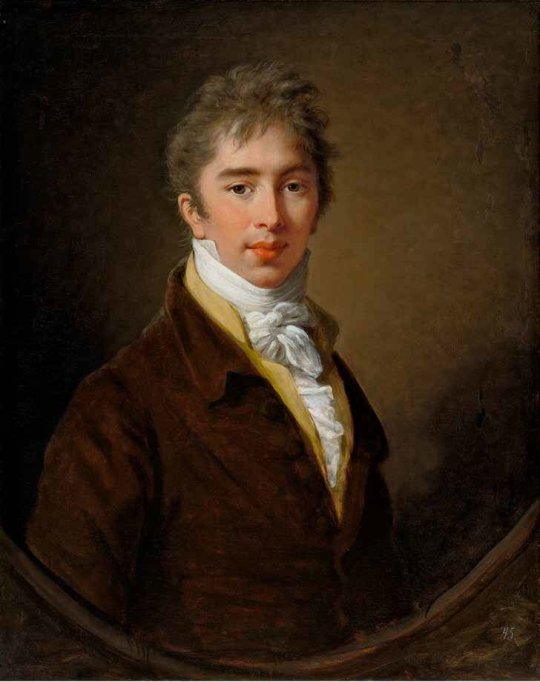
1802-1805 Élisabeth Vigée Le Brun - Portrait of Prince Ivan Baryatinski
(Pushkin State Museum of Fine Arts)
88 notes
·
View notes